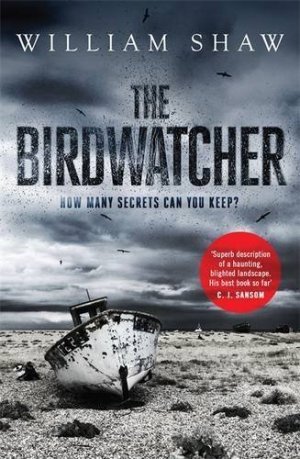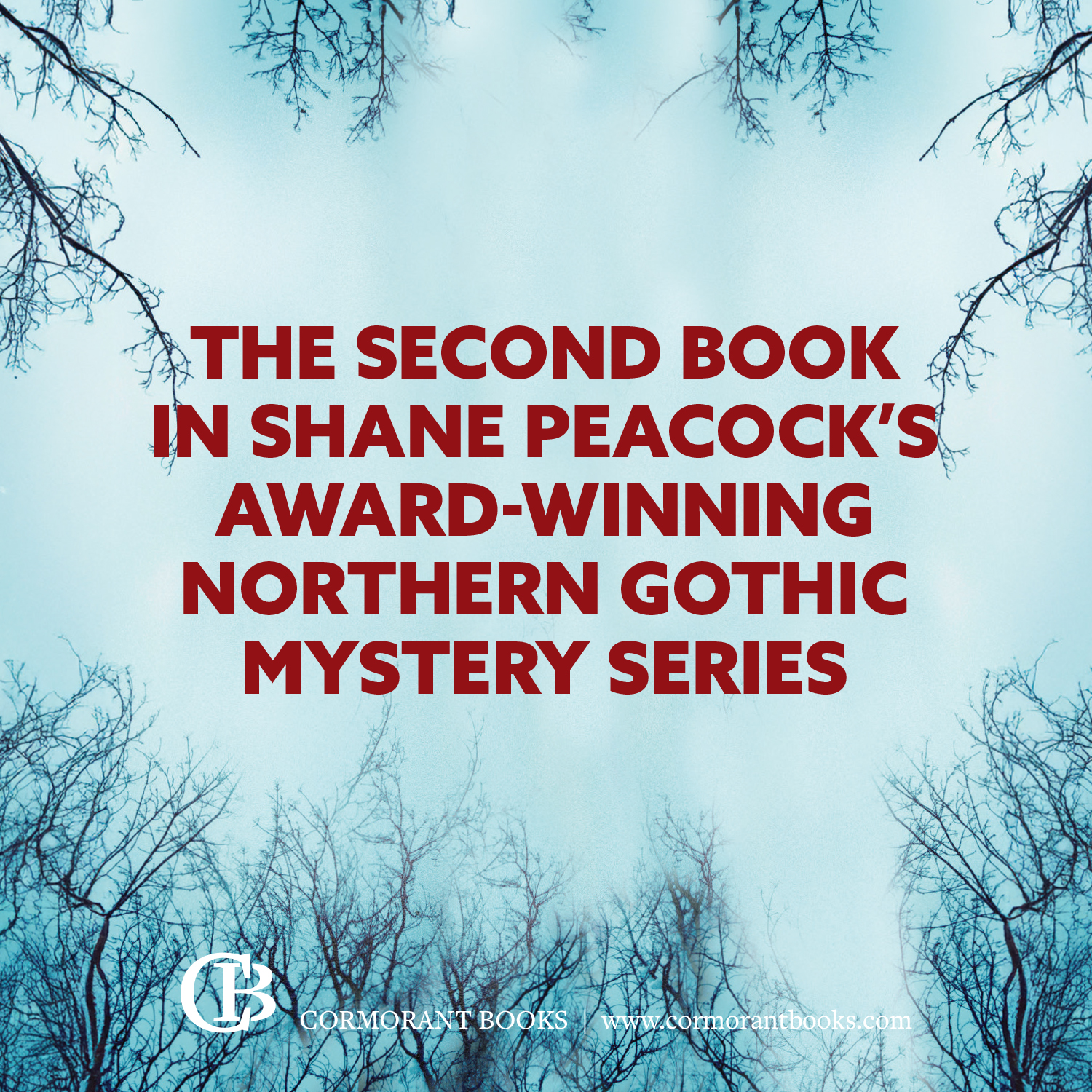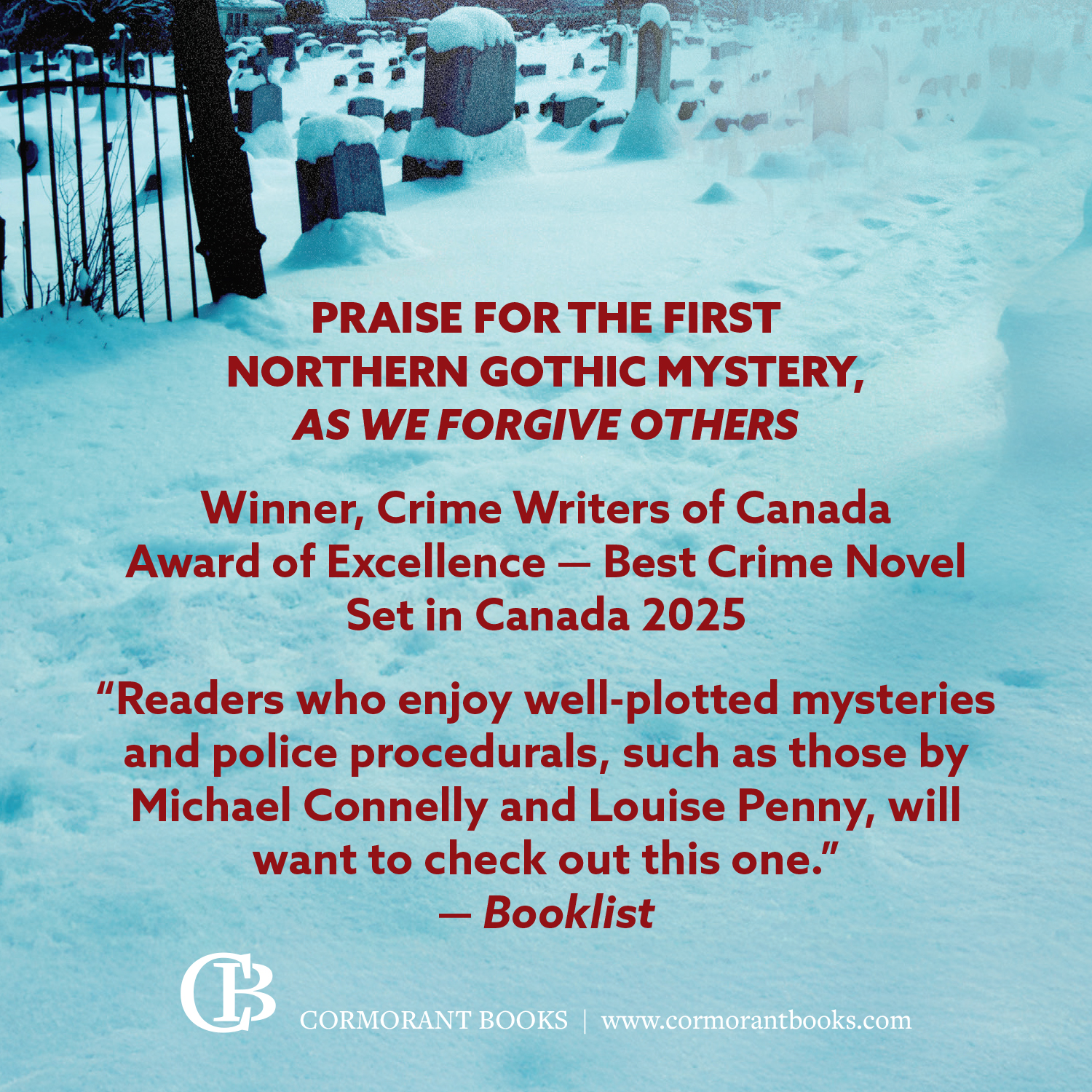
The first lines of this contemporary police procedural set up the defining characteristics of the protagonist: “There were two reasons why William South did not want to be on the murder team.
“The first was that it was October. The migrating birds had begun arriving on the coast.
“The second was that, though nobody knew, he was a murderer himself.”
Birdwatching gives its practitioners the virtues of patience, keen observation, and meticulous attention to detail. These are traits that police sergeant South brings to his work as well. He’s based in Kent and generally works with neighbourhood groups, drug busts and traffic accidents. A good, solid copper. Murder, by contrast, is something a person can be driven to in a moment of panic and loss of control. The murder South committed took place when he was only 13 years old, and you soon understand whom he killed – his own father – and eventually you learn why.
South was born in Northern Ireland, son of a brutal enforcer in the Ulster Volunteer Force during the Troubles, and his father’s death was blamed on internecine rivalries within the UVF. To escape the violence all around them and with the intervention of a police sergeant sweet on his mum, mother and son were safely transplanted to Kent. Though he has become a policeman, South avoids any more contact with killing.
However, a new murder case changes all that, and South has been assigned to it, like it or not. He’s told that a new DS from London – Alexandra Cupidi – ‘needs her hand holding.’ More to the point, the victim is South’s neighbour, retired school teacher Robert Rayner. He was a nice man living in a quiet place and he’s been beaten to death.
The two bachelors have spent many hours together birding along the coast where they live. Despite the many hours spent and the friendship South thought they shared, it soon emerges that he actually knew very little about Rayner, and what he knows is faulty. The sister who identifies the body turns out not to be a sister; a bedroom cupboard is filled with women’s eveningwear.
DS Cupidi didn’t move to Kent alone. She’s brought her teenage daughter with her, and South is enlisted to entertain the girl on more than one occasion. It turns out despite expectations that she likes birding and has a talent for it. She certainly finds it preferable to trying to make friends with the vicious teen girls in her new school. South is even able to distract her occasionally from her constant criticisms of her mother.
For anyone who’s ever lived with a teenager, there is an uncomfortable and all-too-true familiarity about the mother-daughter relationship. The banter among members of the police team also are good, and many are funny. Overall, Shaw’s writing is clean and unlaboured.
As the police try to figure out who would have killed the unassuming Rayner, you also learn more about South’s childhood in Northern Ireland and how birdwatching was his escape from a difficult home situation. Nevertheless, the violent background of his childhood haunts him and before long threatens to intrude on his second life in Kent. The rage that would produce a death such as that of Robert Rayner is terrifyingly familiar to South and in this well-constructed plot, you understand it is destined to reverberate in unexpected ways.
William Shaw has written about popular culture for numerous UK and US publications. He is the author of the Breen & Tozer crime series set in London in the 1960s, and two books from this series have been reviewed on Crime Fiction Lover: 2015’s A Book of Scars and the first in the series, 2013’s A Song from Dead Lips. (In the United States, these books were titled A Song for the Broken Hearted and She’s Leaving Home respectively.)
The Birdwatcher is released 19 May. For another birdwatching-related mystery, see A Siege of Bitterns.
River Run
Print/Kindle/iBook
£6.49
CFL Rating: 4 Stars






